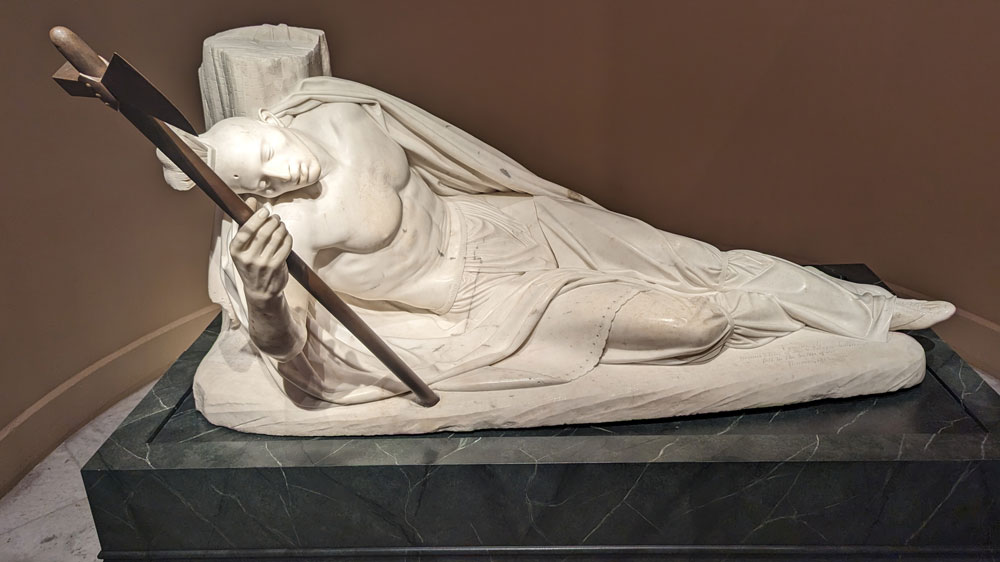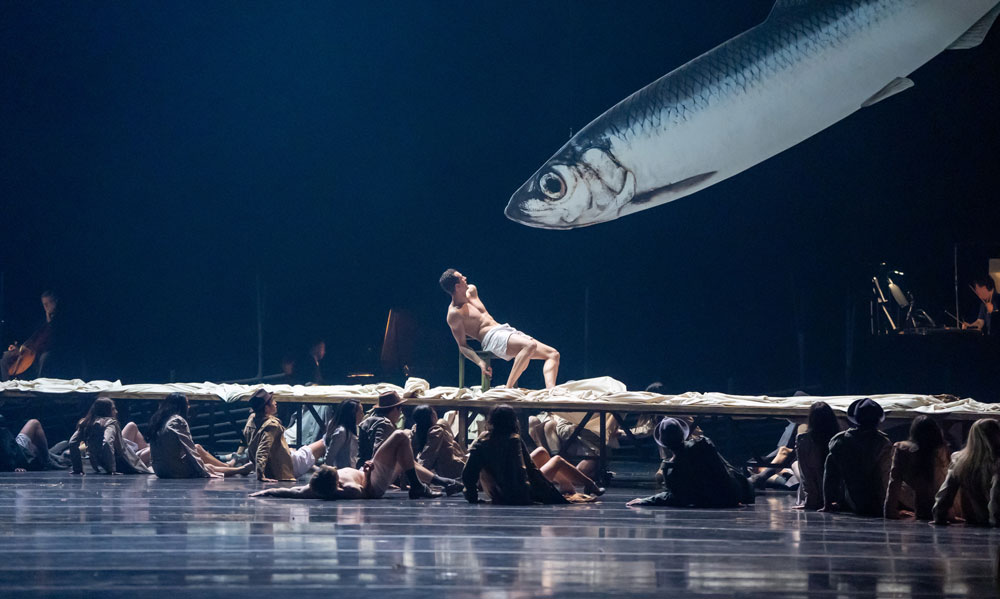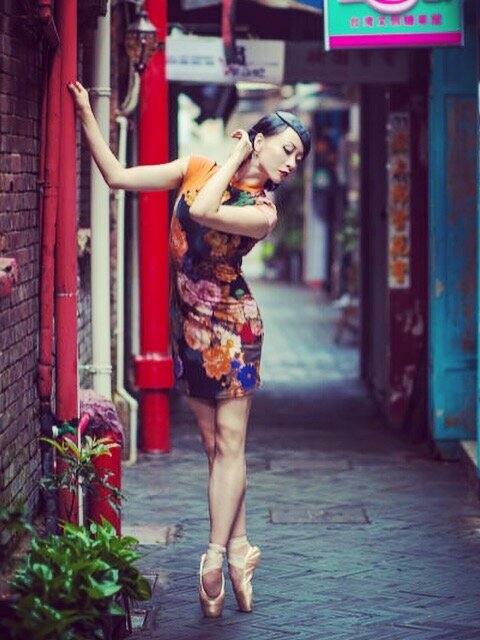
Celebrating Asian Pacific American heritage this May took on special significance in light of what’s been filling the headlines over the past year. Asian Americans like most minority immigrants to the United States paid and continue to pay a price for pursuing the American Dream. Considered a model minority because education and personal accomplishment are prized cultural values, their success can be viewed as a victory and a curse. Ultimately, they are like all of us trying to make the most of our innate talents and personal efforts.
Like other minorities of color, Asian and Pacific Americans are largely absent from our cultural sphere. When we look at Hollywood, on our theatrical stages, scan the make-up of high profile dance companies or visit the bulk of our museums of art, like black and brown artists, Asian-American representation is largely lacking. At least during the month of May, Asian and Pacific American contributions to the arts are pushed to the surface; making it much easier to recognize and appreciate them.
A chance encounter over the weekend uncovered a trove of virtual entertainment options that represent just an inkling of Asian American talent in two artistic fields, dance and theater.

Created by arts administrator Phil Chan and New York City Ballet soloist Georgiana Pazcoguin, Final Bow for Yellowface is an effort to address outmoded depictions of Asian people in dance. Yellowface.org teamed up with 10,000 Dreams: Virtual Choreography Festival to feature the work of choreographers of Asian descent. Thirty-one dances created by 31 choreographers, one for each day in May were made available for online viewing. The works run from 5 minutes to over 30 minutes and cover a range of dance styles and techniques. Name a dance form and you’ll likely see it represented on one of May’s 31 days. This past Friday, Saturday and Sunday showcased three dances that either merged contemporary and traditional dance, provided a new interpretation of street dance or plunged into East Indian narrative dance with a twist.
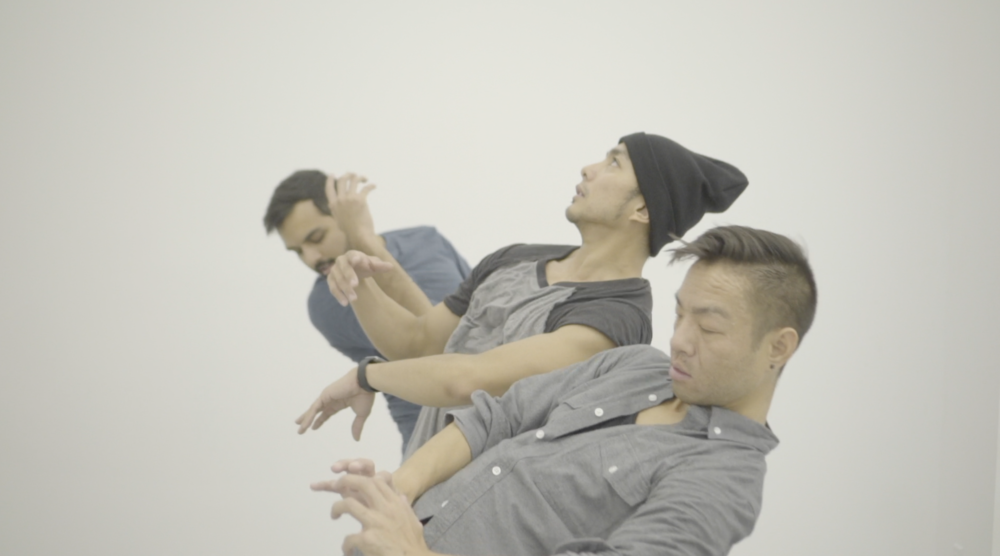
Friday night’s dream, I Can Almost See You, choreographed by Jessica Chen and danced solo by Chieh Hsiung had everything; if everything includes mystery, spectacle and superb dance skill. Other than the costuming, only a few of the dance’s attributes gave it away as a derivative of traditional Chinese folk dance. With its long tunic that allowed easy movement and plain trousers, Karen Young’s costume parodied the simple attire of rice farmers. The classic broad woven hat was scaled down to the size of a percussionist cymbal and used as a shield hiding the dancer’s face. Throughout the piece, Tony Yang’s music threaded grace and a beautifully flowing lyricism that was firmly grounded in a western contemporary style. To it he added hints of eastern melody that hung faintly in the music like a light perfume; bringing two worlds together. As Hsiung danced, the background would change softly and drastically. Each scene appeared to be set in New York City; from a verdantly green Central Park, to the sensory explosion known as Times Square and in the solitude of a weathered Gothic breezeway. The video editing was so precise, it was hard to tell if Hsiung was dancing live in each setting or if her image was being superimposed against each of the six scenes.
Keerati Jinakunwiphat’s Saturday night dance came from a completely different place. Steeped in an urban context, Big Rings linked arms with dance from inner city streets. Several dance forms made appearances in the 16-minute performance. A flourish of break dancing, poppin’, highly synchronized formations and bursts of solo virtuosity all showed up in a dance set carrying a clear athletic theme. A far cry from the grit of the city, Pallabi Chakravorty’s tribute on Sunday to a global icon served up the intricate footwork and elaborate hand gestures characteristic of traditional narrative Indian dance. Gandhi is Fasting also managed to weave in the vocals of Mahalia Jackson and the signature shoulder shrugs of Alvin Ailey to help signify the reach of a great man’s work.
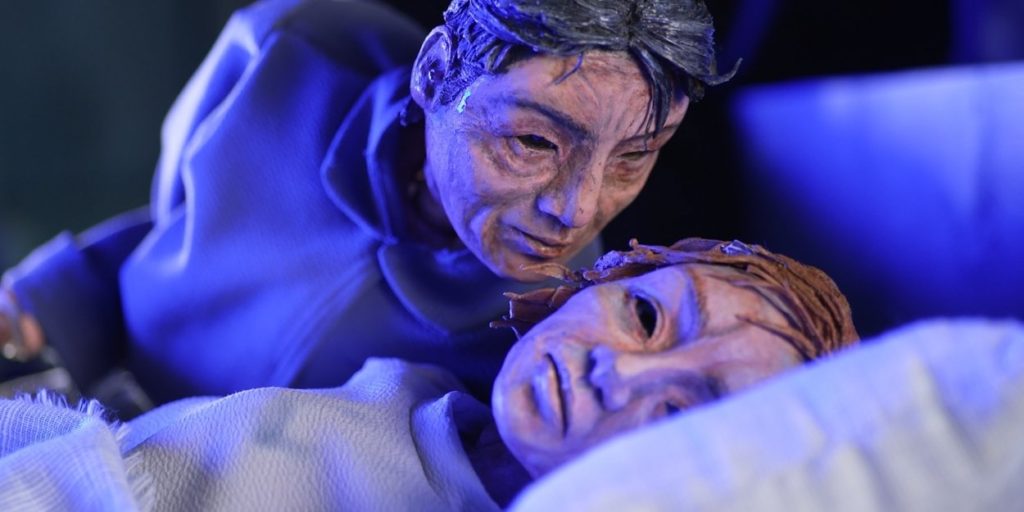
For more penetrating drama, you had to leave the virtual dance stage and go to the puppeteers. Once again, two artistic forces put their heads together to keep artists busy during the pandemic pall and came up with a brilliant scheme to show how easily theater, in the right hands, can be stretched to new limits. Ma-Yi Theater Co. ingeniously collaborated with the Chicago International Puppet Theater to create Vancouver, a genuine theatrical tour de force. Character and story define theater; with the assumption that the characters are live. Vancouver proves how we should slow down and consider the fact that the characters in a play or story are simply “brought” to life. They don’t have to be alive in the conventional sense to make legitimate theater, as we see in this masterful project. Puppets, we find, can be just as convincing as people. Given a compelling storyline, grounded and mature voice overs and puppets that resonate as, yes, people; you’d be surprised at what you can achieve. This story of a mixed-race couple whose 19-year-old suffers from a wrenching mental health impairment draws us into the crevices of human frailty and doubt. It also lets us see the limits of willed resilience. For a taste of the fantastical, there’s even a talking dog. Chicago based and internationally recognized puppeteers, Tom Lee and K.T. Shivak, were deeply involved in the project; giving the visuals a roughhewn elegance that flickered between film noir and the kind of pathos you’d find in Arthur Miller’s Death of a Salesman.
Ma-Yi Theater, established in the late 80’s and originally intended to showcase the works of Filipino Americans, widened its embrace to encompass all Pan Asian artists. It’s founder, Ralph B. Pene wrote and directed Vancouver, insuring its theatrical authenticity. Vancouver is available for viewing free of charge until May 31, at https://ma-yistudios.com/video/vancouver/.

